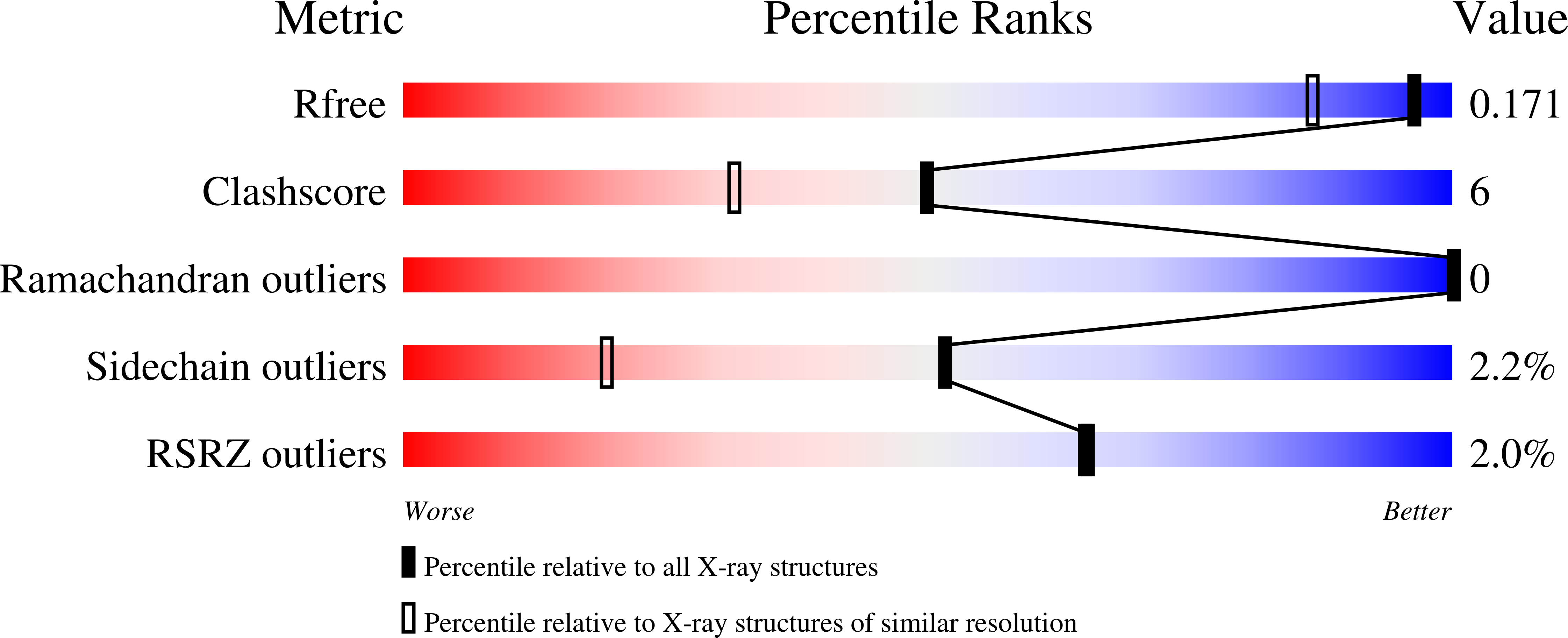
Deposition Date
2021-02-11
Release Date
2021-06-16
Last Version Date
2024-10-16
Entry Detail
PDB ID:
7NHU
Keywords:
Title:
Crystal structure of desB30 insulin produced by cell free protein synthesis
Biological Source:
Source Organism:
Homo sapiens (Taxon ID: 9606)
Method Details:
Experimental Method:
Resolution:
1.40 Å
R-Value Free:
0.17
R-Value Work:
0.15
R-Value Observed:
0.15
Space Group:
I 21 3


